In C++ The result of pow(0, 0) the result is basically implementation defined behavior since mathematically we have a contradictory situation where N^0 should always be 1 but 0^N should always be 0 for N > 0, so you should have no expectations mathematically as to the result of this either. This Wolfram Alpha forum posts goes into a bit more details.
Although having pow(0,0) result in 1 is useful for many applications as the Rationale for International Standard—Programming Languages—C states in the section covering IEC 60559 floating-point arithmetic support:
Generally, C99 eschews a NaN result where a numerical value is useful. [...] The results of pow(∞,0) and pow(0,0) are both 1, because there are applications that can exploit this definition. For example, if x(p) and y(p) are any analytic functions that become zero at p = a, then pow(x,y), which equals exp(y*log(x)), approaches 1 as p approaches a.
Update C++
As leemes correctly pointed out I originally linked to the reference for the complex version of pow while the non-complex version claims it is domain error the draft C++ standard falls back to the draft C standard and both C99 and C11 in section 7.12.7.4 The pow functions paragraph 2 says (emphasis mine):
[...]A domain error may occur if x is zero and y is zero.[...]
which as far as I can tell means this behavior is unspecified behavior Winding back a bit section 7.12.1 Treatment of error conditions says:
[...]a domain error occurs if an input argument is outside the domain over
which the mathematical function is defined.[...] On a domain error, the function returns an implementation-defined value; if the integer expression math_errhandling & MATH_ERRNO is nonzero, the integer expression errno acquires the value EDOM; [...]
So if there was a domain error then this would be implementation defined behavior but in both the latest versions of gcc and clang the value of errno is 0 so it is not a domain error for those compilers.
Update Javascript
For Javascript the ECMAScript® Language Specification in section 15.8 The Math Object under 15.8.2.13 pow (x, y) says amongst other conditions that:
If y is +0, the result is 1, even if x is NaN.
 is wide spread because of the following definition:
is wide spread because of the following definition:





